As developers hunt for ways to stabilize revenue and capture more margin, vertically integrated approaches (where the company owns both the generation assets and the retail customer relationship) are growing increasingly attractive.
But according to Zoë Gamble, president of CleanChoice Energy, the reality of running both sides of the business is far more complicated than any spreadsheet might suggest.
“Building a retailer is far more complicated than building an IPP,” Gamble told pv magazine USA, adding that during her years working in IPPs, she didn’t fully appreciate all the complexities that go into having a successful retailer. “Between marketing, customer attrition and power risk management, there’s a lot of specialized expertise the retail business already had.”
She explained that CleanChoice’s shift from a pure retail renewable provider to also owning and operating generation assets highlights some of the challenges. Yes, the logic is clear, Gamble explained: pairing owned generation with retail demand can create a “physical hedge” against volatile wholesale markets that protects customers from utility price swings.
But matching projects and power supply to customer load isn’t just about building capacity.
“There are 14,000 nodes in the territories where we operate,” Gamble said, explaining that when CleanChoice considers the siting of a new project, the company looks for nodes where the price shape closely matches the shape of what they pay for retail demand. That way, she explained, the project revenue helps offset retail costs more effectively.
Otherwise, Gamble pointed out, siting a project at a node whose price spikes happen when customer demand is low (or vice versa), there would be more market risk exposure.
That’s why CleanChoice built Sigma, an internal GIS tool that layers transmission availability with queue data and other factors like wetlands to find the ideal node for a certain project.
Still, interconnection bottlenecks and land use constraints remain stubborn barriers that even sophisticated siting tools can’t overcome.
“I remember when you could file an application and get a response within a year,” Gamble recalled, remembering what she called “the glory days” before adding, “Those days are gone.”
“There’s also a lot of looking to see what else is in the queue and trying to determine whether the projects in front of you will advance,” she said.
Gamble also acknowledged that financing vertical integration can be tricky, as lenders and tax equity investors must underwrite revenue streams tied to retail customers rather than long-term PPAs.
In CleanChoice’s case, using the same capital provider on both the retail and project development side has helped ease some of that complexity, though that strategy isn’t universally applicable. While building projects is one thing, Gamble explained, but managing customer risk, marketing and load volatility is a different beast entirely.
Still in her eyes, now is as good a time as ever for IPPs to pursue vertical integration.
“Getting closer to customers creates new opportunities to be a trusted partner in the energy transition,” she said. While traditional utilities long had those strong customer relationships, emerging retail-solar hybrids could offer a more tailored product for customers.
This content is protected by copyright and may not be reused. If you want to cooperate with us and would like to reuse some of our content, please contact: editors@pv-magazine.com.
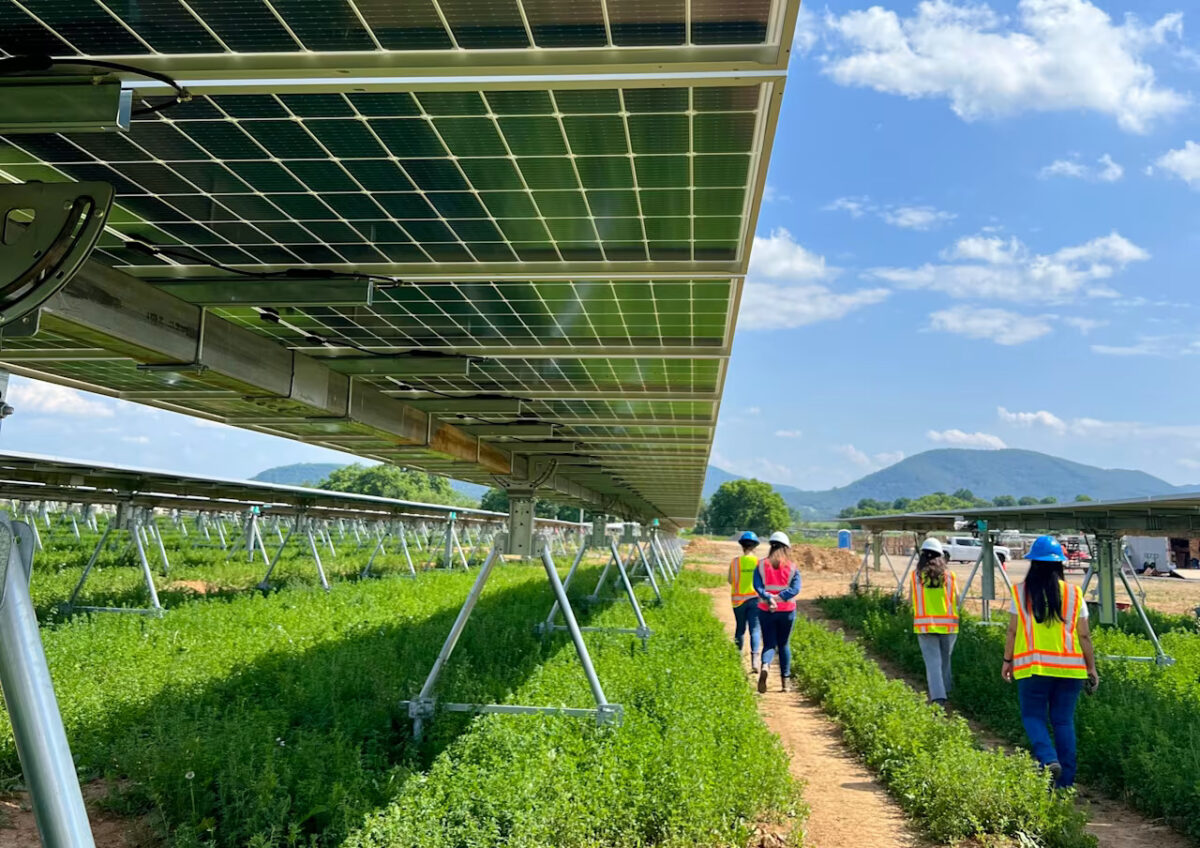
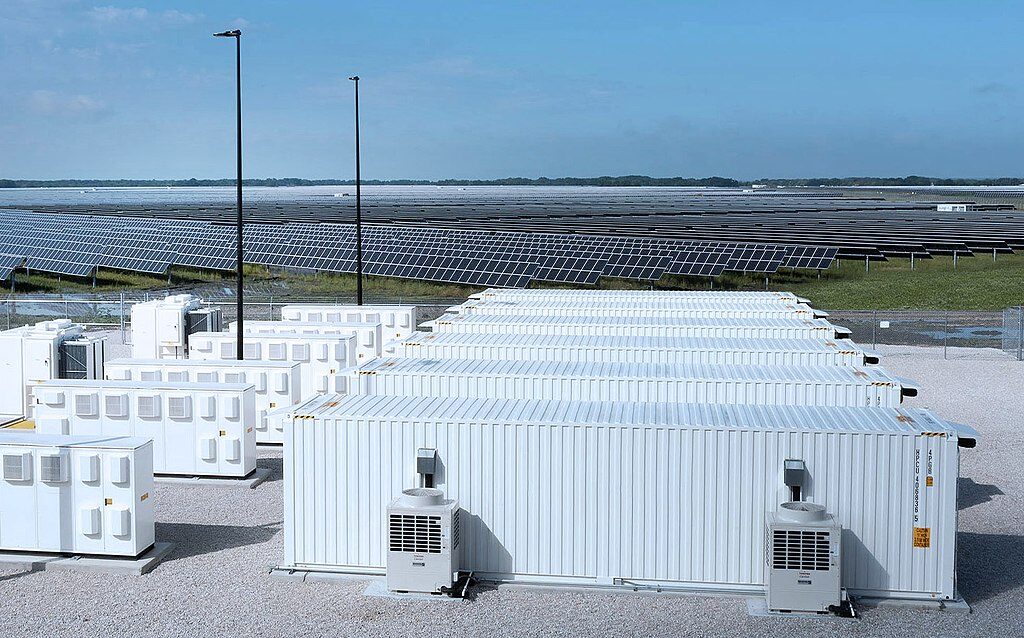



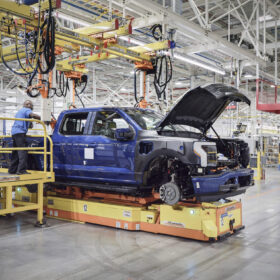
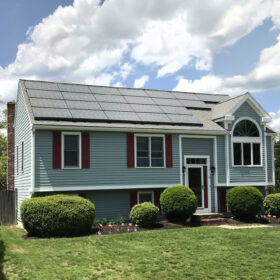
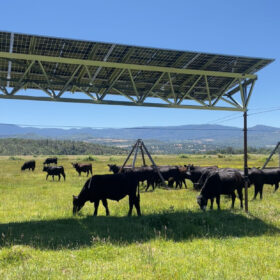
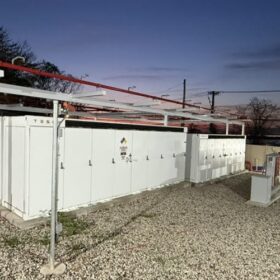
By submitting this form you agree to pv magazine using your data for the purposes of publishing your comment.
Your personal data will only be disclosed or otherwise transmitted to third parties for the purposes of spam filtering or if this is necessary for technical maintenance of the website. Any other transfer to third parties will not take place unless this is justified on the basis of applicable data protection regulations or if pv magazine is legally obliged to do so.
You may revoke this consent at any time with effect for the future, in which case your personal data will be deleted immediately. Otherwise, your data will be deleted if pv magazine has processed your request or the purpose of data storage is fulfilled.
Further information on data privacy can be found in our Data Protection Policy.